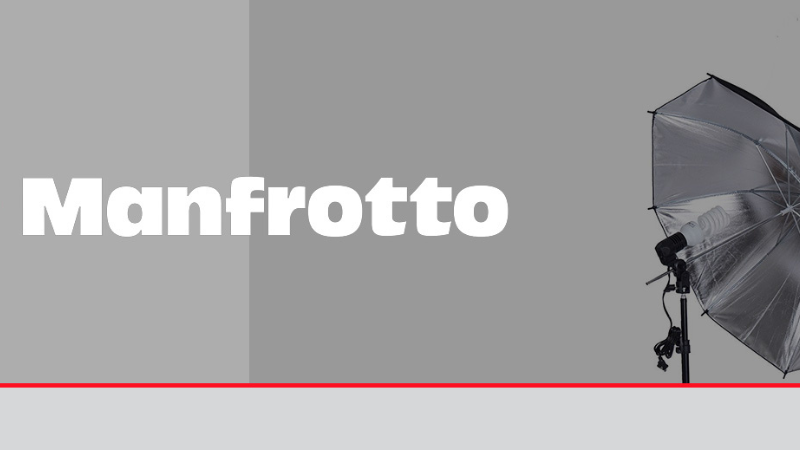A Beginner's Guide to Using Manfrotto's Reflectors

In photography, cinematography and videography, light is your most important asset. Bad lighting can really hamper your ability to capture the perfect moment. In this industry, lighting (both in and outside of the studio) is something you truly can't survive without and having the ability to manipulate and perfect the lighting you need is a necessity. This brings us to the importance of reflectors - one of the most underrated photography tools.
A reflector can be used to bounce, diffuse, or flag natural and artificial light. Once you use one, you are likely to always keep it close by.
The importance of lighting
Lighting determines not only brightness and darkness but also tone, mood and the atmosphere. It can set the entire scene on a film set or during a shoot. Therefore it is necessary to control and manipulate light correctly in order to get the best texture, vibrancy of colour and luminosity on your subjects. By distributing shadow and highlights accurately, you can create professional, perfectly stylised and stunning work.
Lighting is not only important in photography but it is also vital in video and film production. Cameras do not respond to lights in the same way that the human eye does. The finite detail and lighting contrast to what a human eye can see. Cameras cannot process or pick up on vivid detail very well.
Additional lighting is necessary to make the definition of a video similar quality to what the human eye sees naturally. The correct lighting can determine the mood of the scene and can evoke a more dramatic or subtle palette for the film.
Why use a reflector
A photography light reflector bounces existing light and redirects it back onto your intended subject. Reflectors are excellent tools for adding fill light. They can also create catchlights in portraits and prevent a silhouette from appearing. They can enhance a particular product in a product photoshoot.
Reflectors are also one of the most affordable accessories you can keep in your kit. They don't even need batteries, buttons or cords.
Photography reflectors are stepping stones to introduce beginner photographers to lighting. But many pros use them for their ability to create soft, flattering light in conjunction with their very expensive studio gear!
So how do you take a piece of shiny material and turn it into a tool capable of manipulating light just the way you want it?
How to use reflectors like a pro
There is nothing easier than using reflectors. Unwrap and use it to bounce the light wherever you want it to go.
Using a reflector is rather straightforward, simply hold it at an angle that reflects the light the way you want it. Watch how the light changes as you adjust the angle, and find the angle that works the best for your shot. But there are a few tricks to getting the most from a reflector.
If you hold the reflector directly opposite the light source, you'll get the most or brightest light. Depending on how much light there is, you are often still able to reflect light from other angles and positions but there just won't be as much light reflected.
Reflectors are great for fixing odd shadows. If the light is directly behind the subject, using a reflector directly in front of the subject will help prevent a silhouette. If the light is coming from one side, using a reflector on the opposite side will help fill in the shadows. Sometimes, light is blocked by large objects but placing a reflector close to the object can help.
Various reflector colours
Our Manfrotto reflectors come in a variety of colours, shapes and sizes and work by bouncing light back onto a subject, usually acting as a fill light.
Most reflectors are double-sided providing two different surfaces with which to work. Diffusers have a translucent surface which is one of the most useful surfaces in lighting as it softens and reduces the amount of light travelling through. These can be used to help block out the bright sun or can be used with a flash behind them to create soft light.
-
White reflectors: provide a soft gentle bounce of light.
-
Soft Silver: provides a strip of silver and a strip of white to provide more contrast than a white reflector.
-
Silver reflectors: bounce a lot of light and help produce strong contrasts.
-
Sunlight: provides two strips of silver and one strip of gold to help get the shot without blowing highlights.
-
Sunfire: provides one strip of silver and one strip of gold.
-
Gold: adds warmth into the scene.
-
Black surfaces: allow light to be blocked which helps to contain and control light during a shoot.
Reflectors can add a completely new dimension to your photographs or even to your films. For any of your photography or cinematography lighting needs, contact us.
We are proud distributors of all Manfrotto's lighting products.